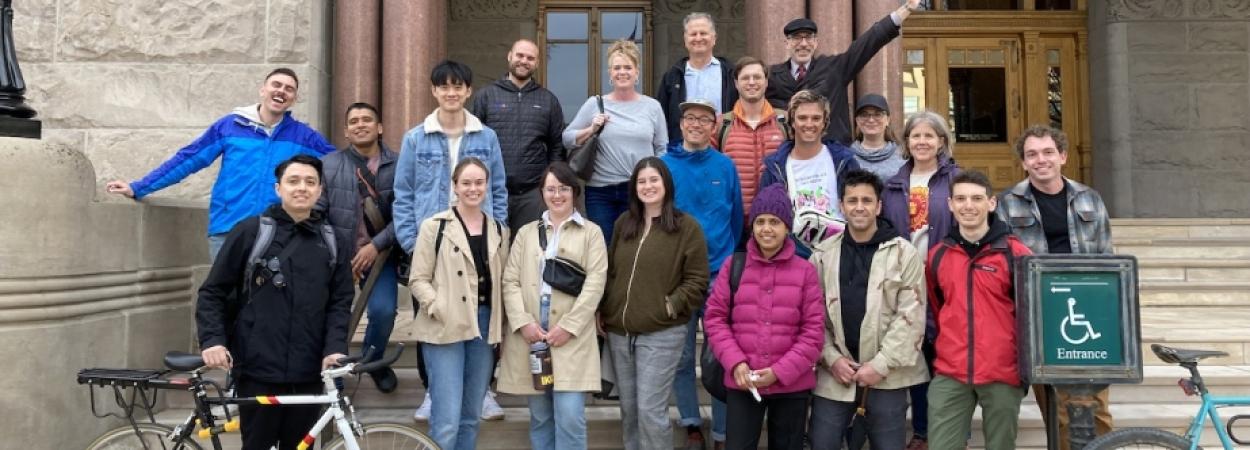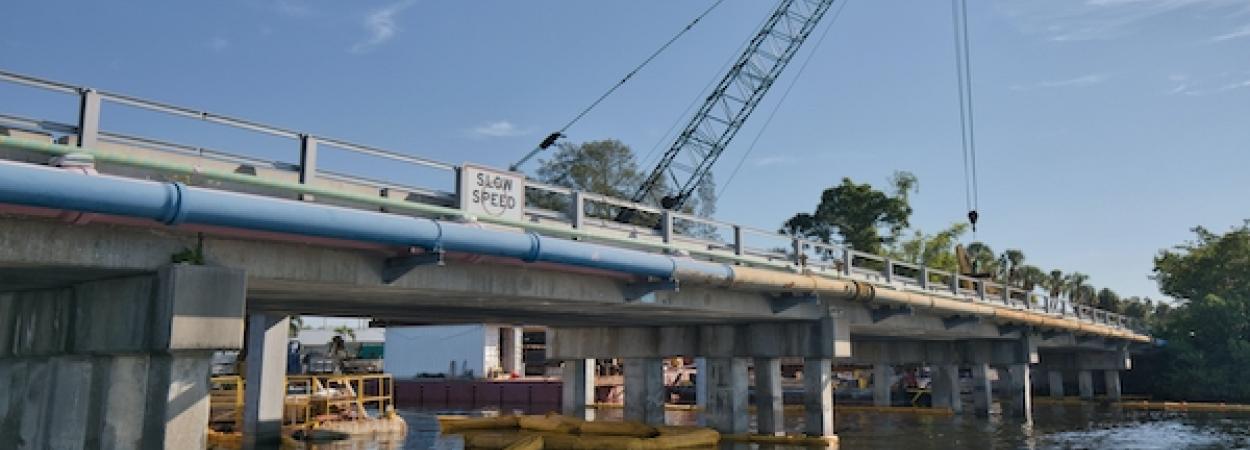 |  |  |

How could a free transportation class for people living in the Salt Lake City region strengthen community conversations and advocacy around local priorities in transportation policy? Researchers at Portland State University (PSU) and University of Utah (UU) explored that question by bringing a well-known learning model from Portland, Oregon to SLC.
For over 25 years, the Portland Bureau of Transportation has partnered with PSU to offer the Portland Traffic and Transportation Course – a free 10-week course designed to provide local community members the skills and knowledge to participate in transportation decisions affecting their neighborhoods. This model has proven to be a success story in public agency-university partnership in community education. Building upon a 2015 project that documented the Portland course and developed a curricul…
Read More
David Yang, an assistant professor in the Department of Civil and Environmental Engineering at Portland State University, is the principal investigator on two newly-awarded research projects for the Federal Highway Administration (FHWA) in support of its structural engineering programs.
"As the transportation infrastructure continues to age in an ever more uncertain future, it is essential to assess and manage infrastructure risk during the evaluation, maintenance, and rehabilitation processes. These two projects are dedicated to the development of such risk-informed approaches for existing culverts, bridges, and tunnels," Yang said.
In the first project, Framework and Methodology for Risk-Based Bridge and Tunnel Asset Management, an infrastructure team led by Yang with co-PIs Diane Moug, Arash Khosravifar, and Avin…
Read More
Ten Portland State University students have been awarded National Institute for Transportation and Communities (NITC) scholarships for the 2021/22 academic year. We're very proud to acknowledge their hard work and dedication. The NITC Scholarship program recognizes outstanding students working on transportation projects. Financial support for students helps to develop the workforce by directing talented individuals toward research and practice, raising the number and caliber of graduates in transportation.
Cameron Bennett is a first-year masters student in transportation engineering. He was the recipient of a Dwight David Eisenhower Transportation Fellowship presented by the U.S. Department of Transportation at the 2022 annual meeting of the Transportation Research Board, and is also the recipient of a…
Read More
Despite widespread use of walking as a transportation mode, walking has received far less attention than the motor vehicle in terms of national guidance and methods to support planning, designing, and operating safe, functional, and comfortable facilities. To address this gap, the TRB National Cooperative Highway Research Program funded NCHRP Project 17-87: Enhancing Pedestrian Volume Estimation and Developing HCM Pedestrian Methodologies for Safe and Sustainable Communities. Led by Principal Investigator Paul Ryus, Kittelson & Associates partnered with Portland State University and the Highway Safety Research Center at the University of North Carolina to lead research to update pedestrian analysis methodologies in the Highway Capacity Manual (HCM).
The research team created the following new products, published in 2022 and free to download fro…
Read More
For governments and clean energy advocates looking to encourage people to use e-bikes for transportation, a new online tool from Portland State University researchers offers an overview of the existing incentive programs in the United States and Canada.
The E-Bike Incentive Programs in North America table tracks e-bike purchase incentive programs and key details that can provide a point of reference for the development of future e-bike incentive programs and policies, or for further research on the topic. Read a recent article about the tool in BikePortland.
John MacArthur, researcher at PSU's Transportation Research and Education Center (TREC), led the development of the tool w…
Read More